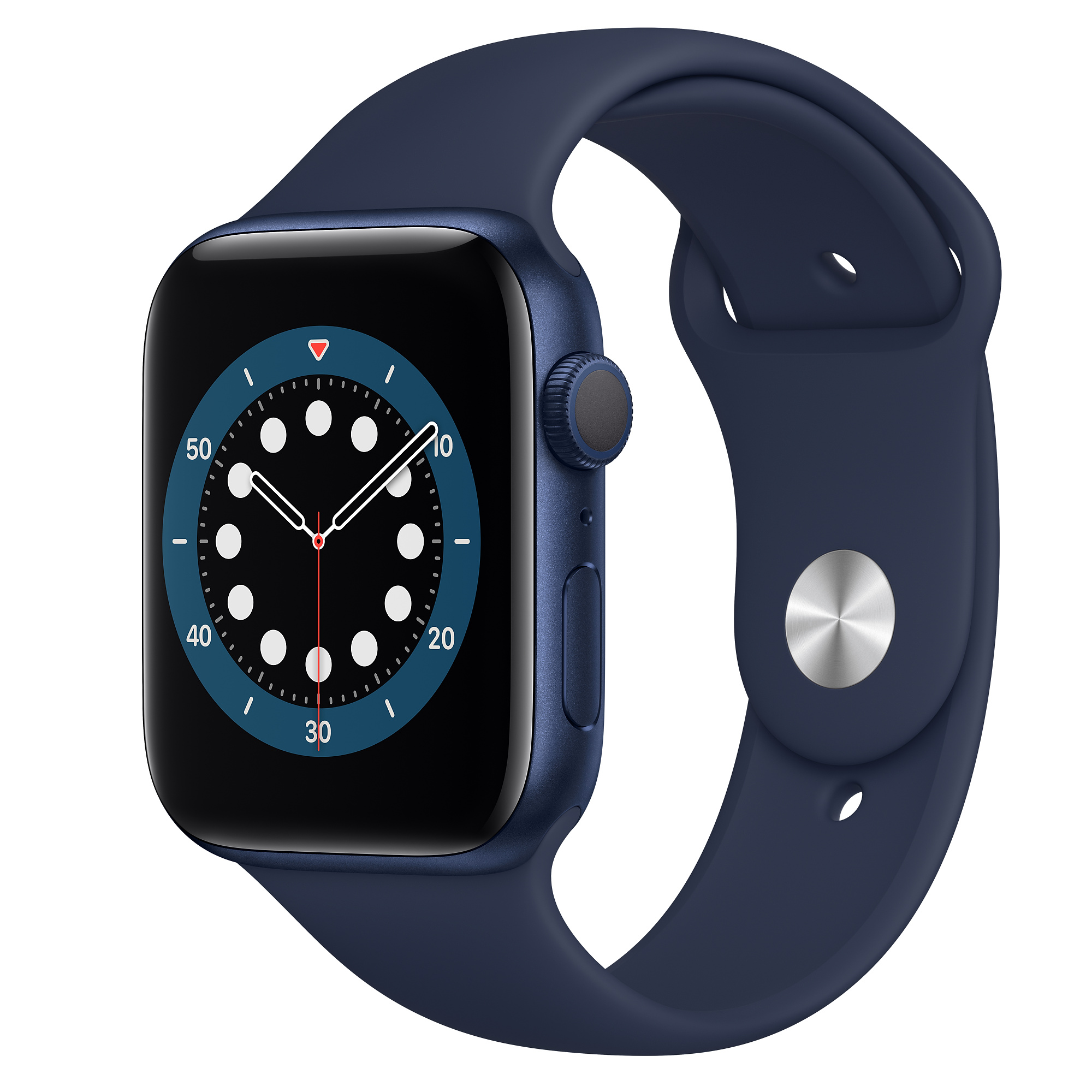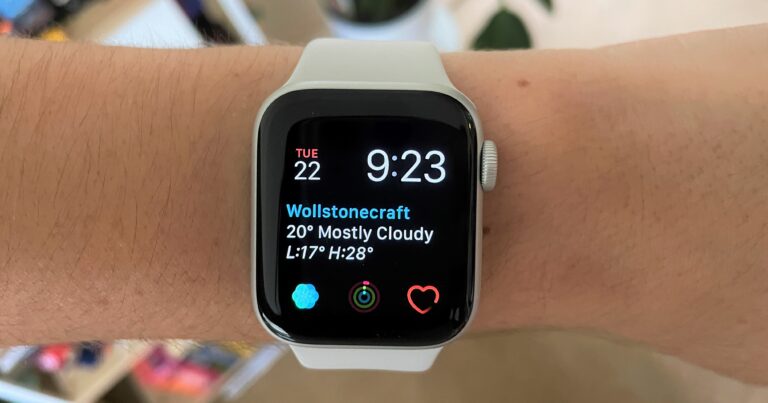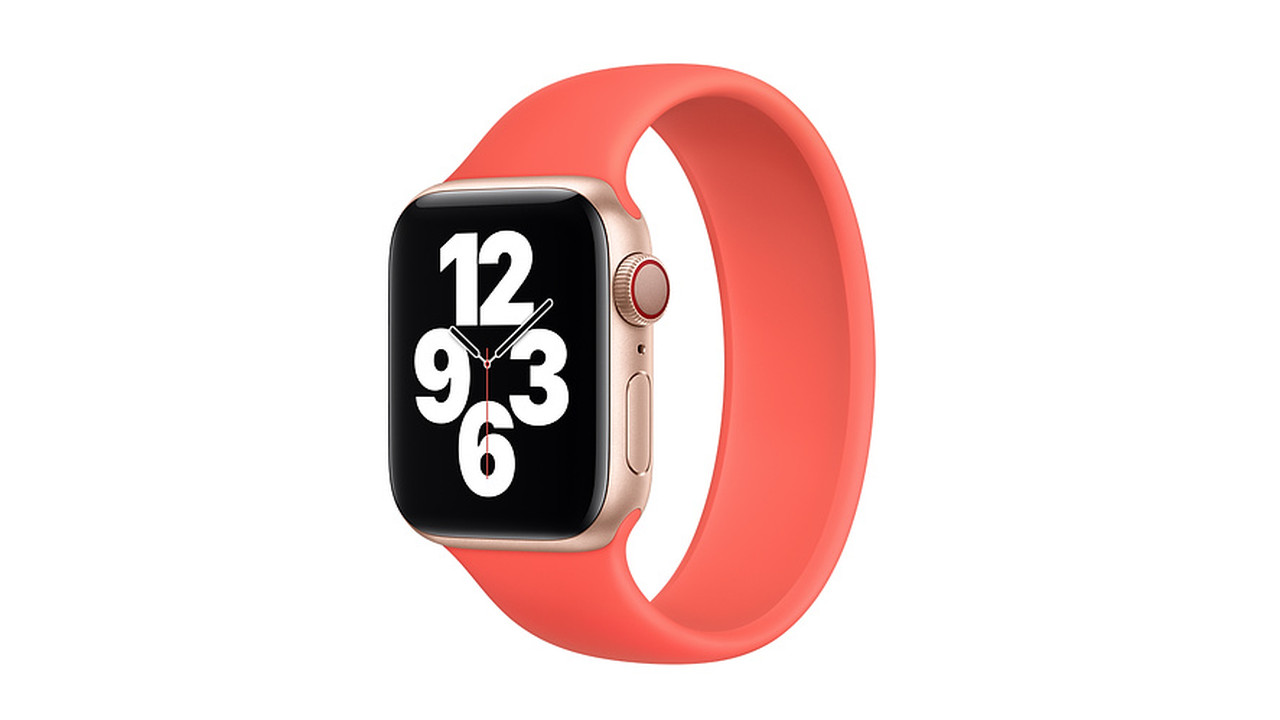Optus Mobile Review ALDI Mobile Review Amaysim Mobile Review Belong Mobile Review Circles.Life Review Vodafone Mobile Review Woolworths Mobile Review Felix Mobile Review Best iPhone Plans Best Family Mobile Plans Best Budget Smartphones Best Prepaid Plans Best SIM-Only Plans Best Plans For Kids And Teens Best Cheap Mobile Plans Telstra vs Optus Mobile Optus NBN Review Belong NBN Review Vodafone NBN Review Superloop NBN Review Aussie BB NBN Review iiNet NBN Review MyRepublic NBN Review TPG NBN Review Best NBN Satellite Plans Best NBN Alternatives Best NBN Providers Best Home Wireless Plans What is a Good NBN Speed? Test NBN Speed How to speed up your internet Optus vs Telstra Broadband ExpressVPN Review CyberGhost VPN Review NordVPN Review PureVPN Review Norton Secure VPN Review IPVanish VPN Review Windscribe VPN Review Hotspot Shield VPN Review Best cheap VPN services Best VPN for streaming Best VPNs for gaming What is a VPN? VPNs for ad-blocking If $599 is a little beyond reach but you’re still set on an Apple Watch, the tech giant has two cheaper alternatives. First, there’s the newly-released Apple Watch SE (from $429), which looks essentially identical to the Series 6 but has no always-on display, no ECG, no SpO2 sensor, an older-gen processor and a less advanced optical heart sensor. If you’re keen to save even more cash, the Series 3 is still available, and with prices from $289, it’s a much more palatable option. Read on to see how the three models compare. That said, Apple has added a couple of new finishes to the Series 6. In aluminium, there’s the usual Silver, Space Grey and Gold colours, plus a new Blue and (PRODUCT)red hue. For those who opt for stainless steel, there’s the usual Silver, Graphite and Gold, while titanium comes in the originally-named Titanium colour or Space Black. All colours are available in a 40 or 44mm case size, with dozens of watch bands to choose from. I’ve tested Google WearOS watches as well as watches with their own proprietary software, and not one has come near the Apple Watch when it comes to phone integration. It’s flawless. Responding to calls and texts is easy as pie, notifications are done perfectly, and almost every third-party Apple Watch app I tried was equally as smooth as Apple’s own. Typical smartwatch features aside, it’s the health features that really make the Series 6 stand out. Where many fitness trackers focus on steps, metres climbed and kilometres walked, Apple’s watchOS gives you three simple goals to hit every day - an activity goal (how many calories you’ve burned), a move goal (how many minutes a day you’ve exercised) and a stand goal (how many hours of the day you’ve gotten up and moved around). I found these goals far easier - albeit still challenging - to hit than those given to me by other smartwatches. If there’s one thing the Apple Watch does well, it’s motivating me to get off my lazy butt. The Series 6 has also introduced an SpO2 sensor, which monitors the saturation of oxygen in your blood. A reading of more than 95 per cent is considered “normal”, but 92 per cent and below may indicate an underlying health issue, such as sleep apnea. It’s not a feature you’ll use every day, but it’s welcome nonetheless. On the downside, watchOS’ sleep tracking feature could definitely use some work, as it’s pretty rudimentary in its current state - especially when compared to the likes of Fitbit. Another big minus is the Apple Watch’s ECG function (found in Series 4 and newer) and irregular heart rhythm notifications, both of which have finally been approved by the TGA but haven’t made their way onto the device just yet. That said, the Series 6 does come with one important addition: fast charging. If you actually want to use the sleep tracking feature, you don’t have to leave your watch charging overnight - an hour or so before or after work should be enough to give you a full day (and then some) of battery.


